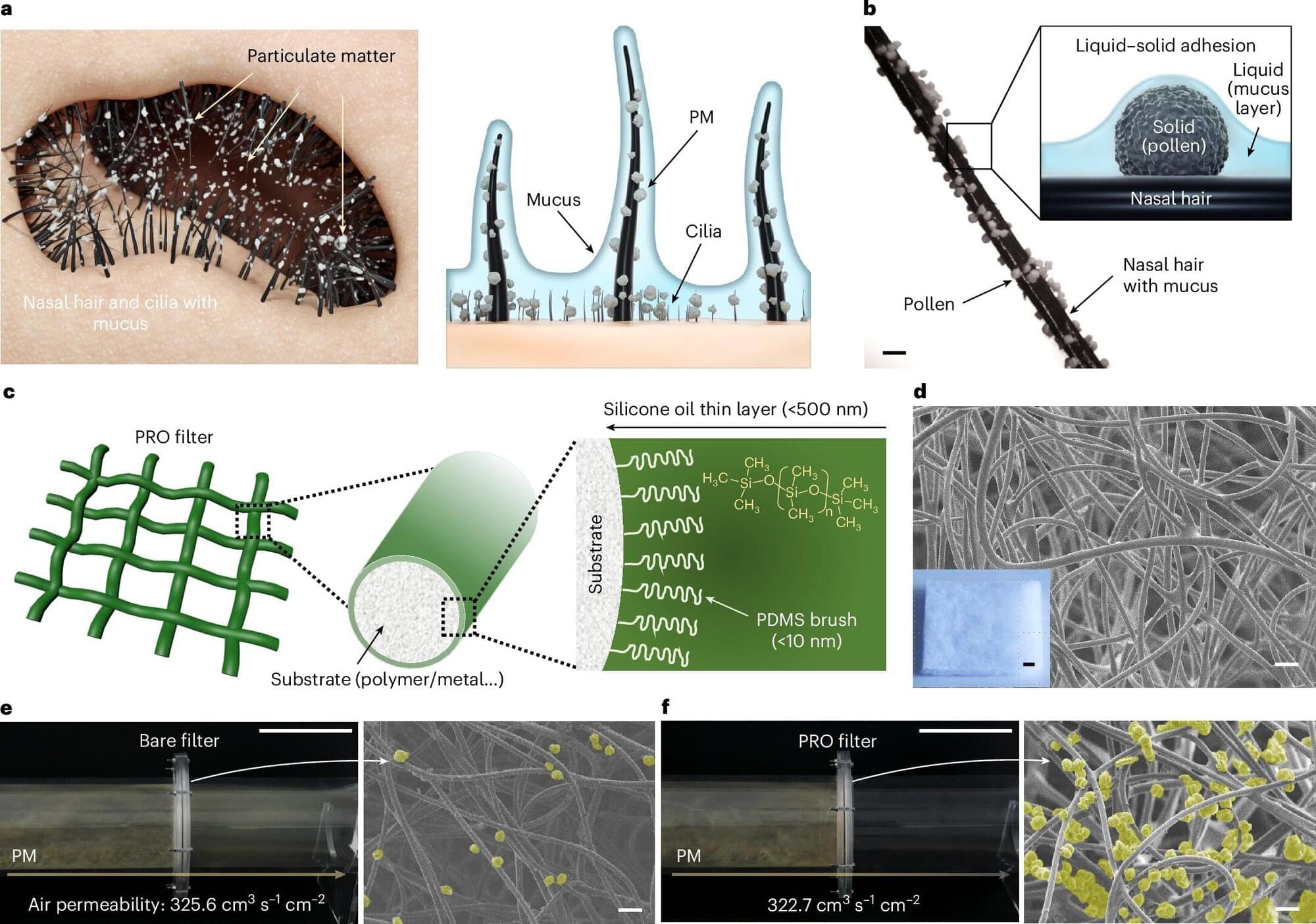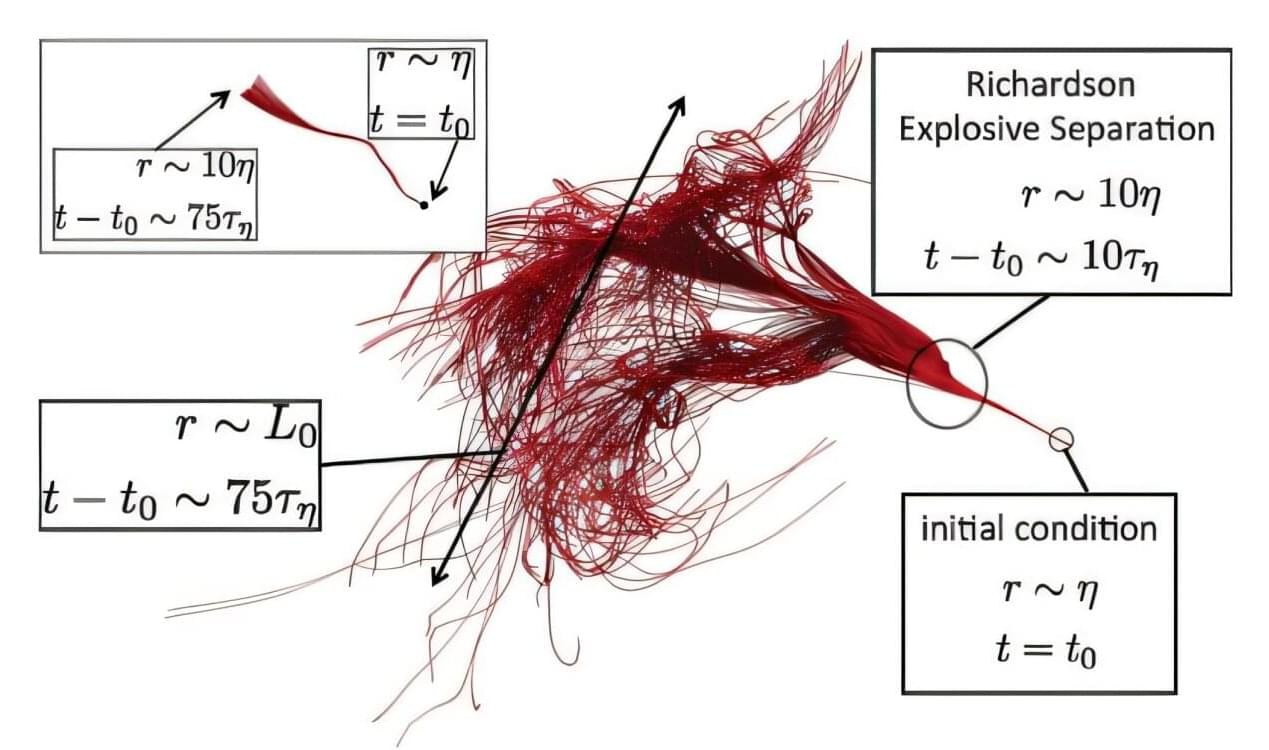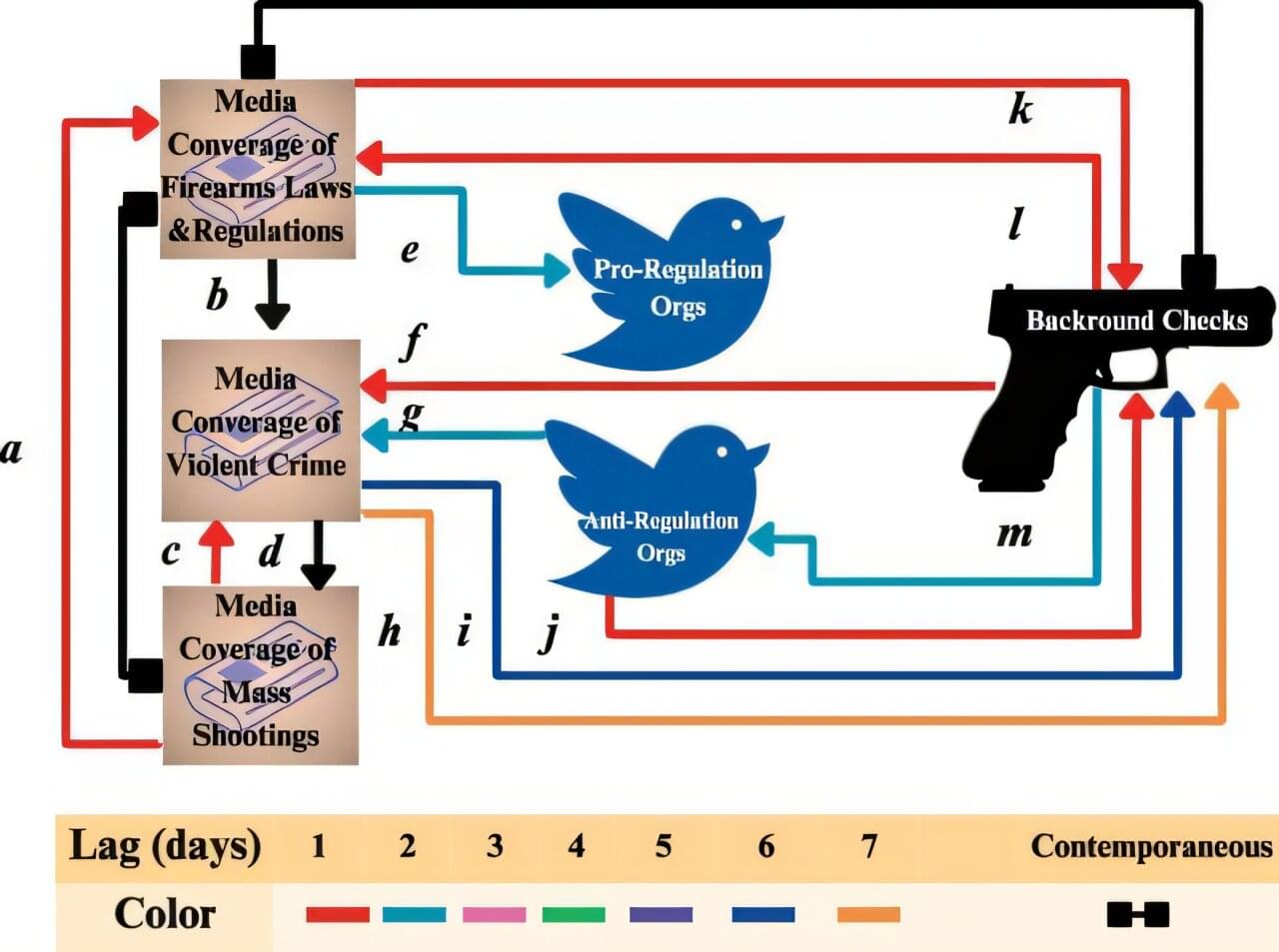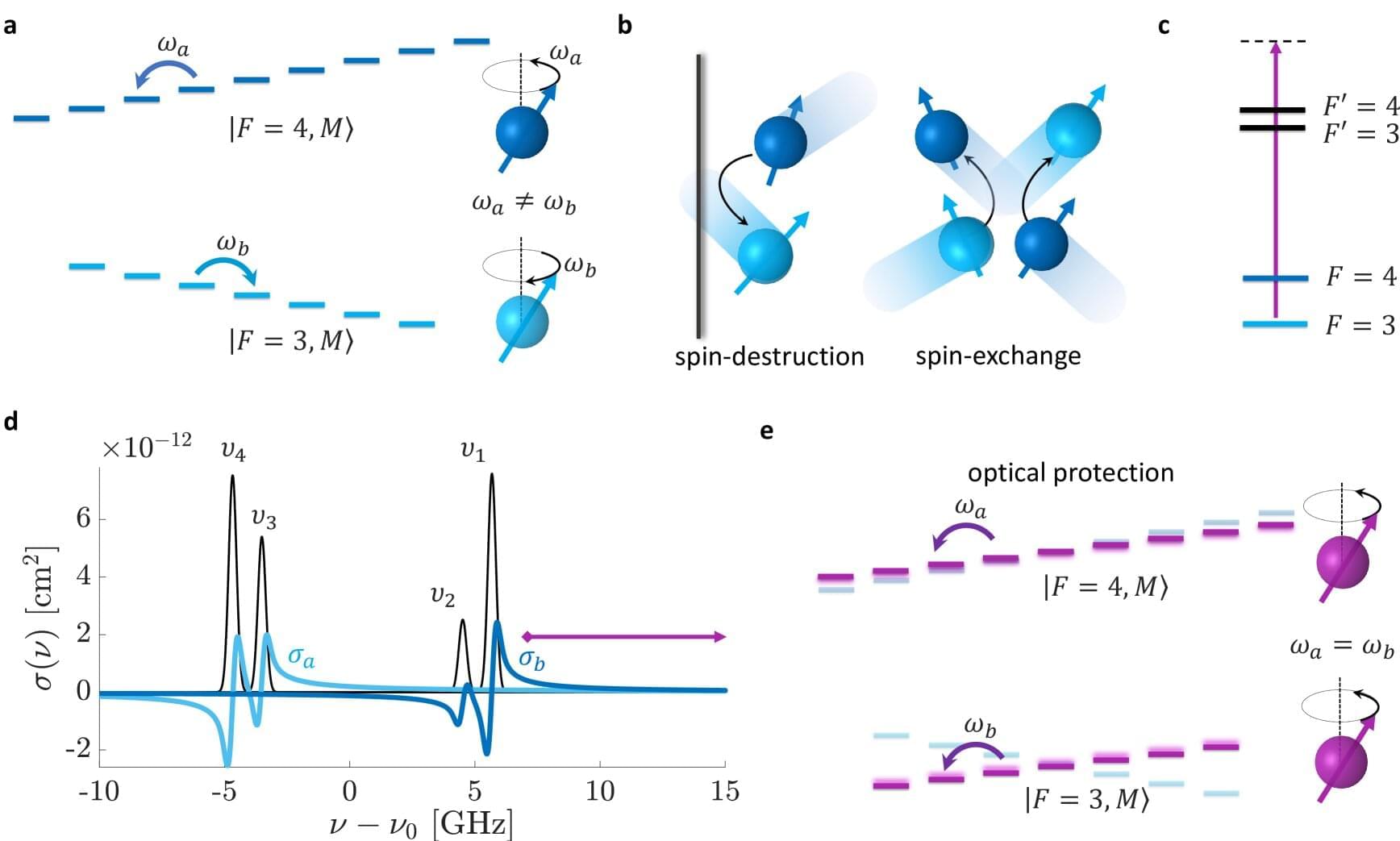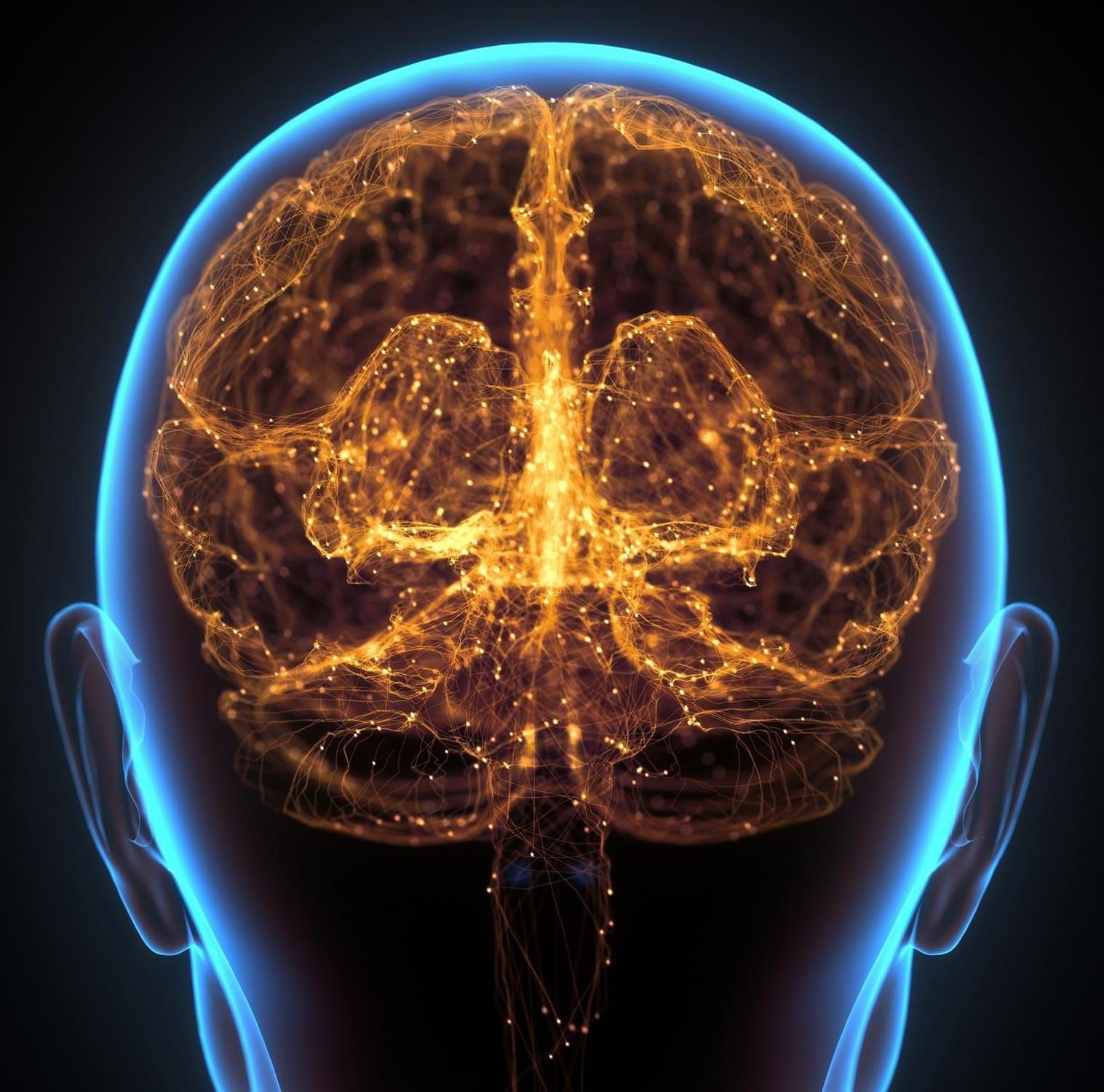As gun sales in the United States continue to soar, researchers at Georgia State University have uncovered insights into what drives Americans to buy firearms. A new study published in PNAS Nexus journal reveals the complex interaction among media coverage, social media activity and firearm purchases.
Led by Igor Belykh, a Distinguished University Professor of Applied Mathematics at Georgia State, the research team—including Kevin Slote, a Ph.D. student in Georgia State’s mathematics and statistics doctoral program; Kevin Daley, a recent graduate; and co-authors from New York University (NYU) and the New Jersey Institute of Technology (NJIT)—analyzed daily data from 2012 to 2020. Their study explores how gun-rights organizations and regulation advocates influence short-term firearm purchases through social media activity and media coverage.
The study found that social media activity by both sides directly affects gun buying behavior, often triggering purchases within days of posts. Media coverage of violent crime also plays a role, as it spurs discussions among these organizations, further influencing public sentiment toward gun ownership.

